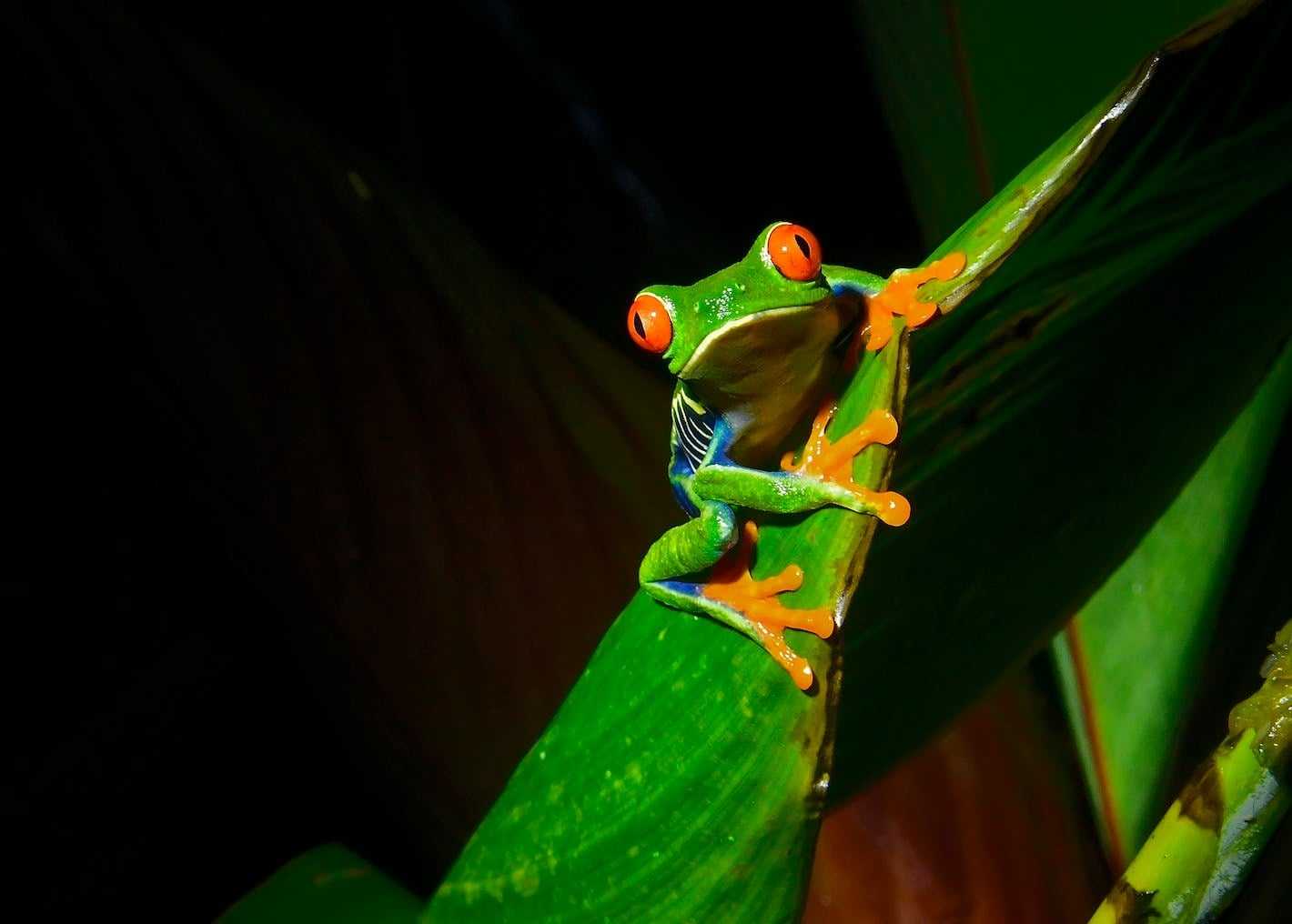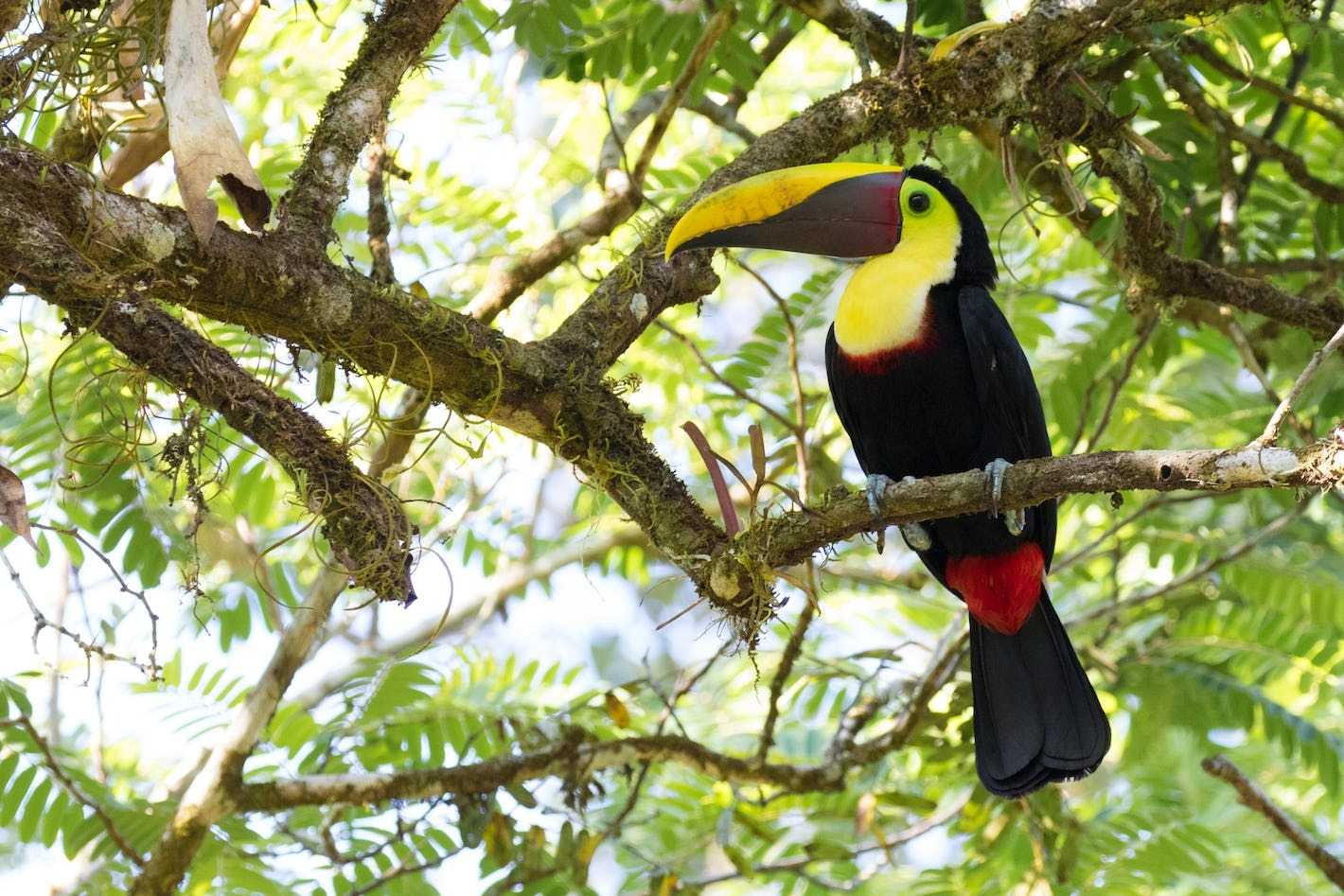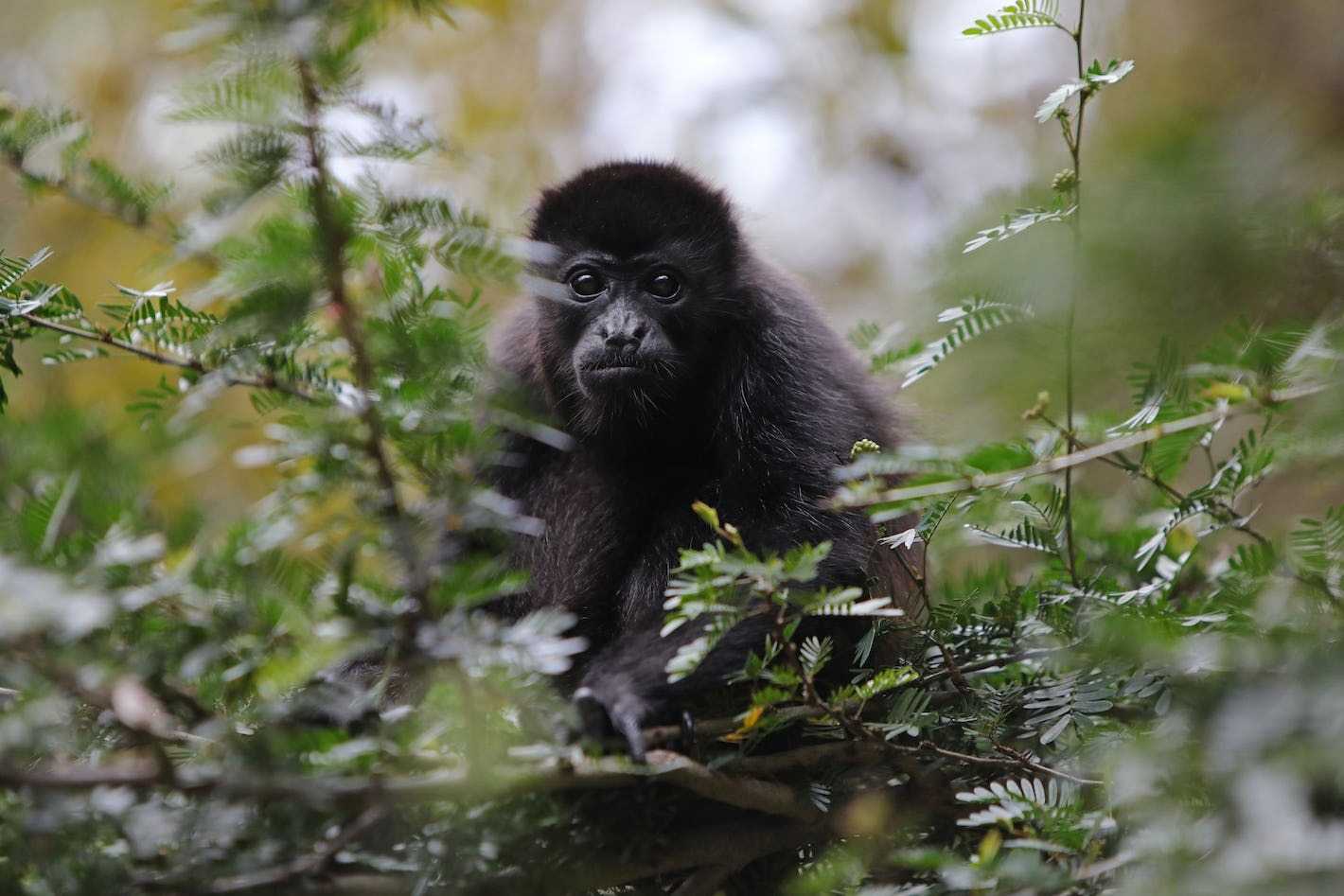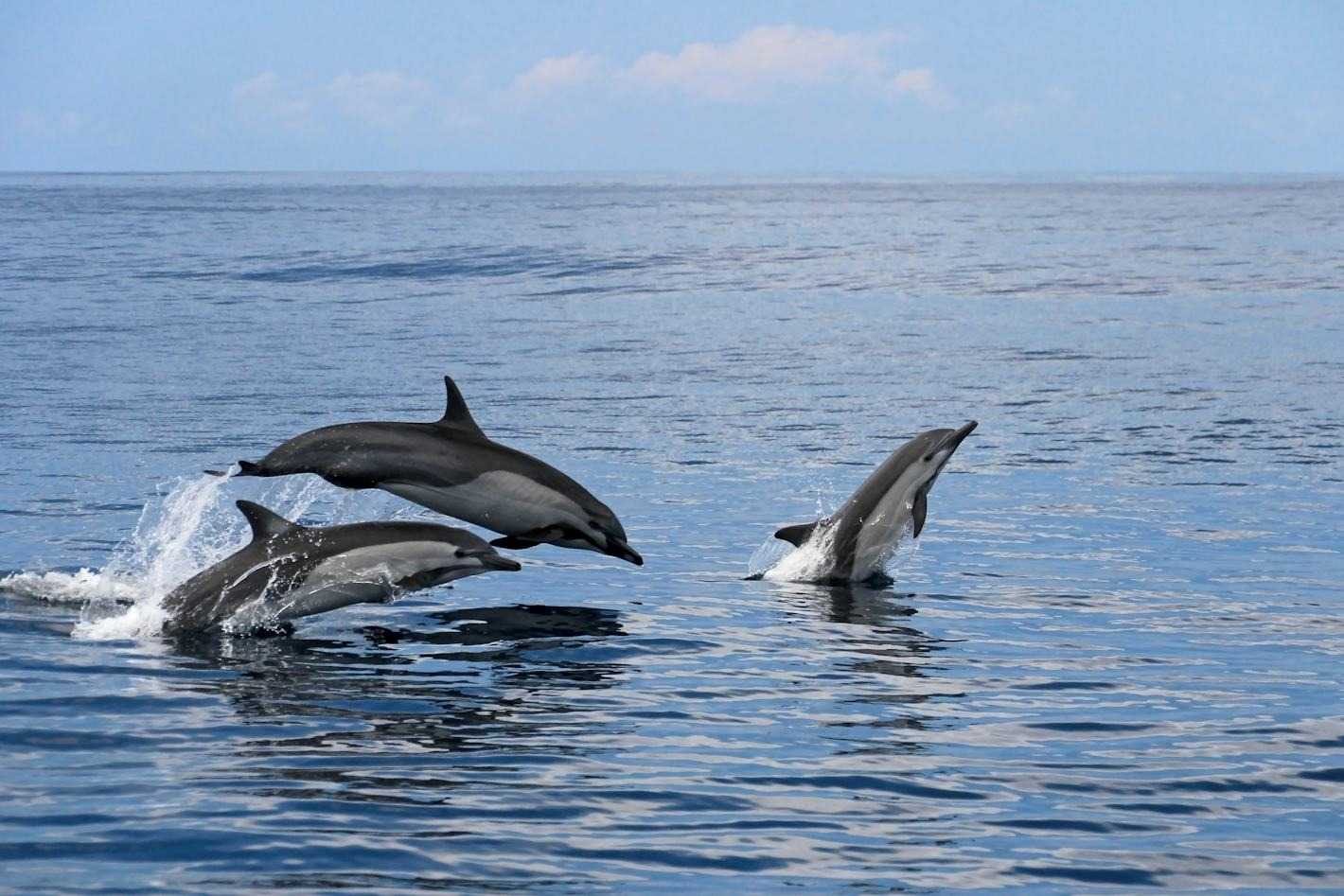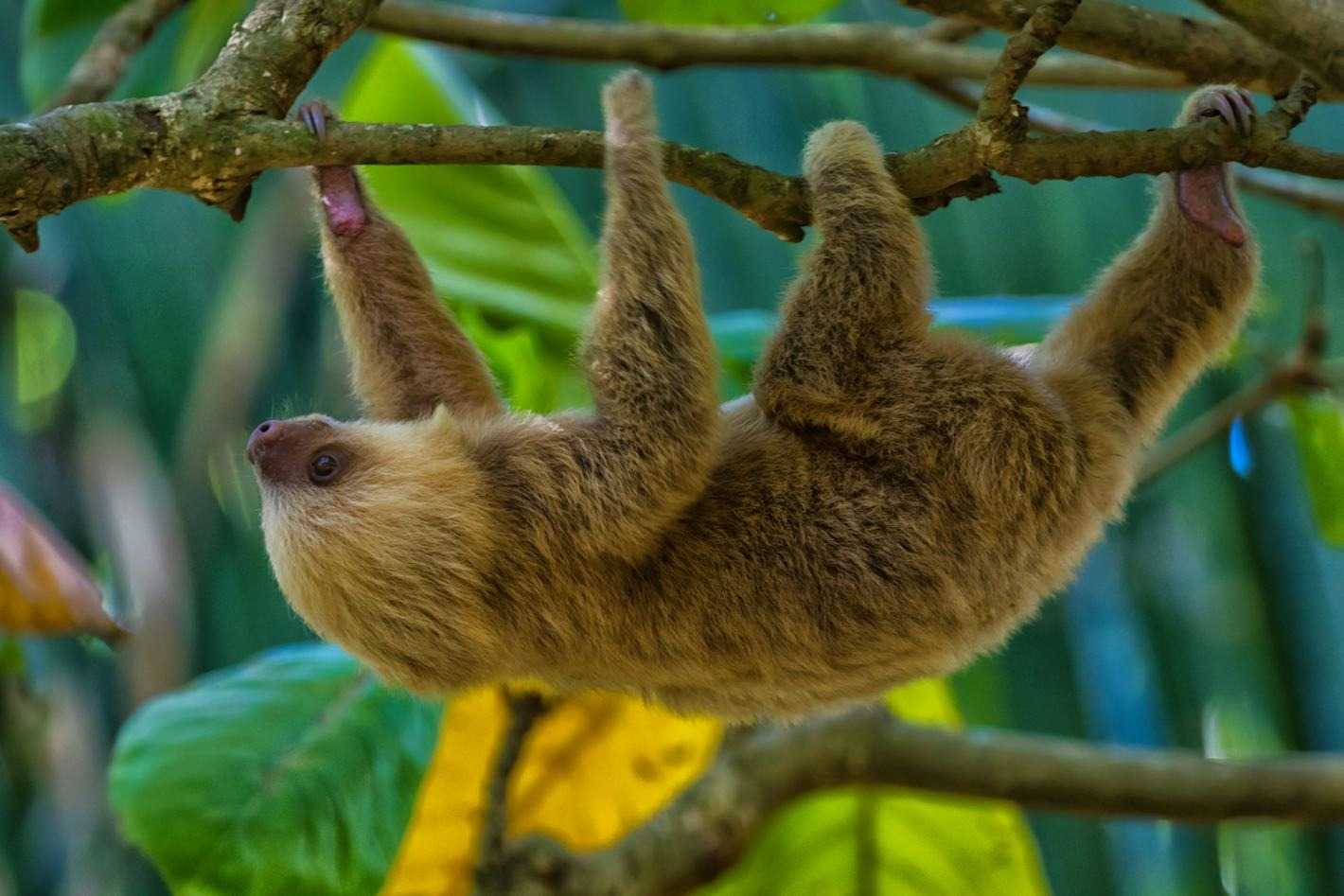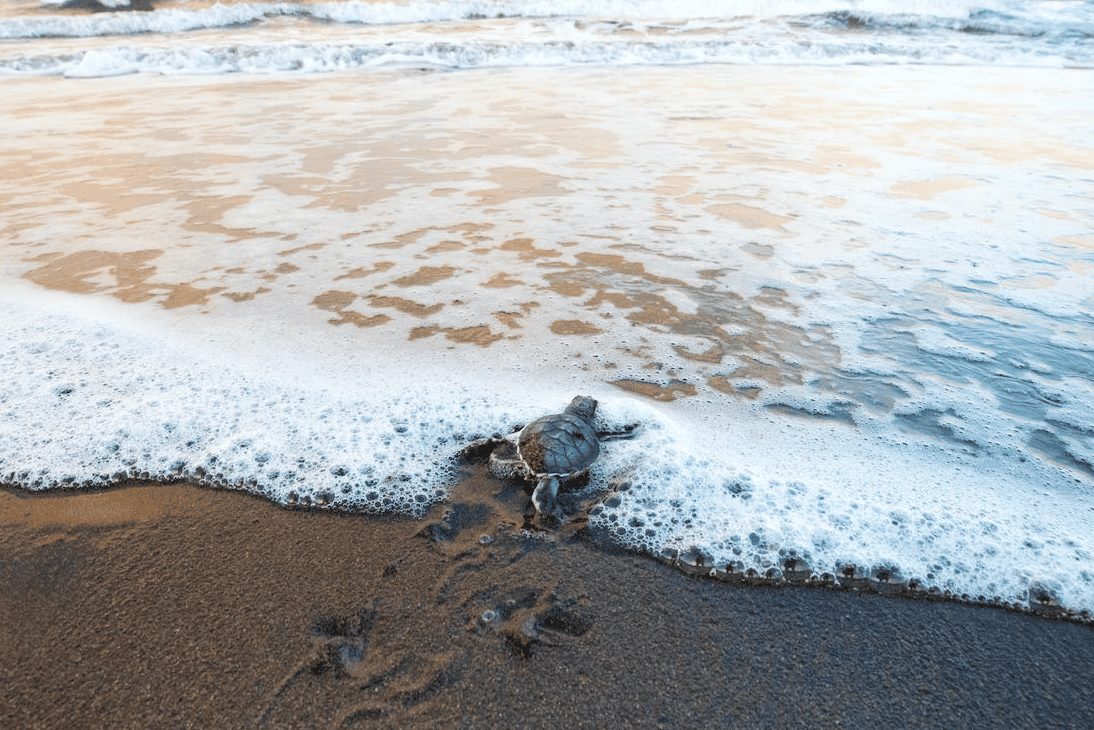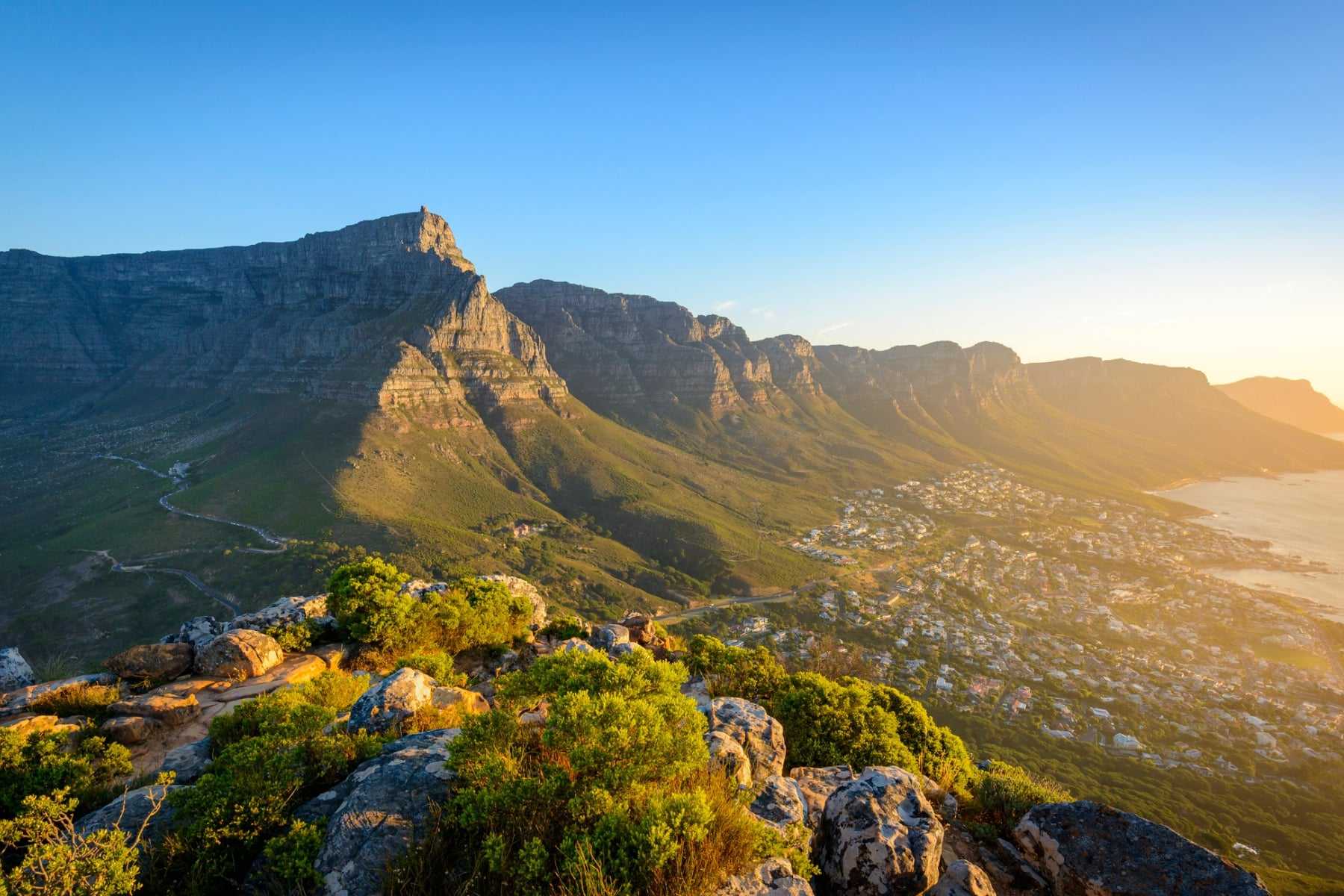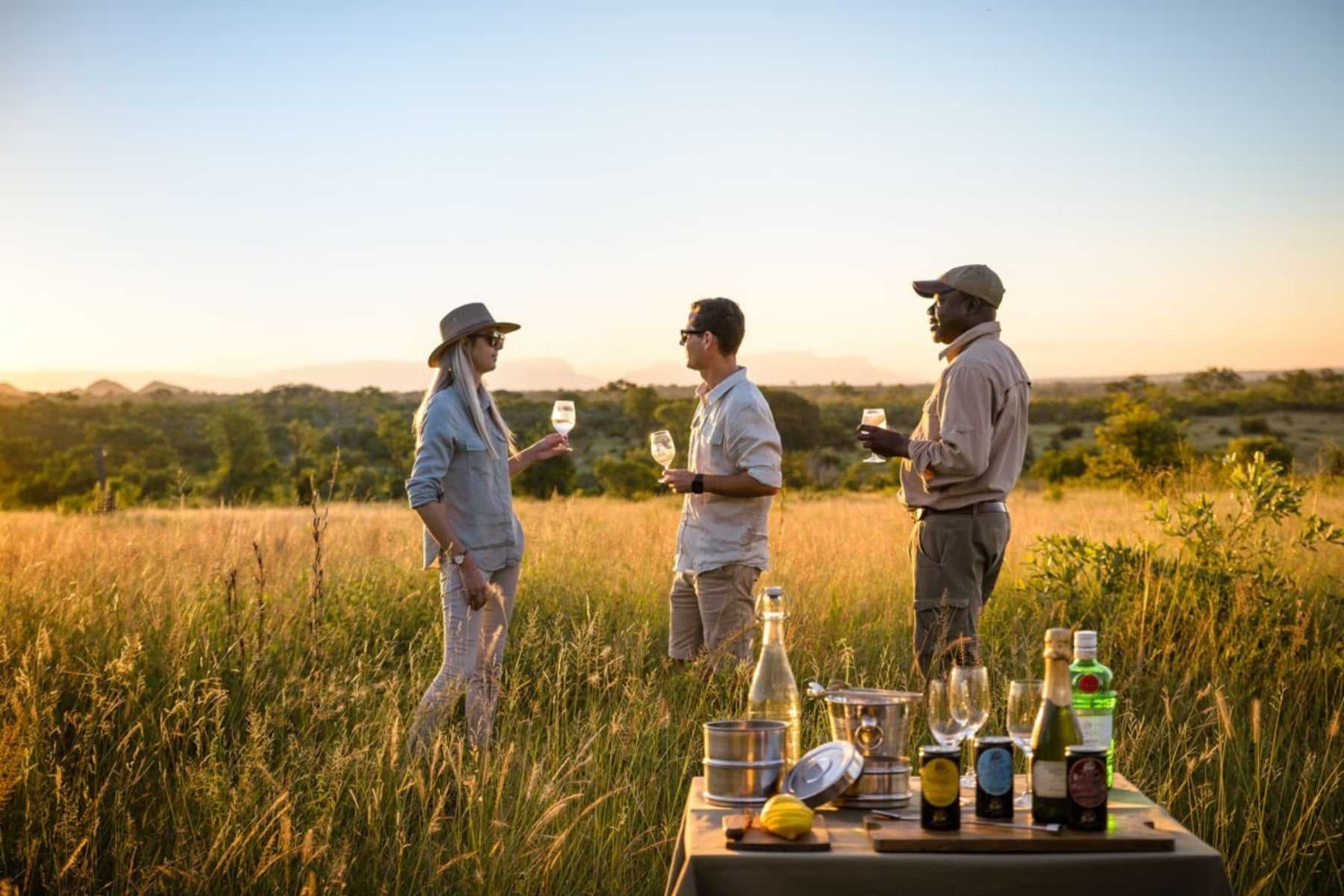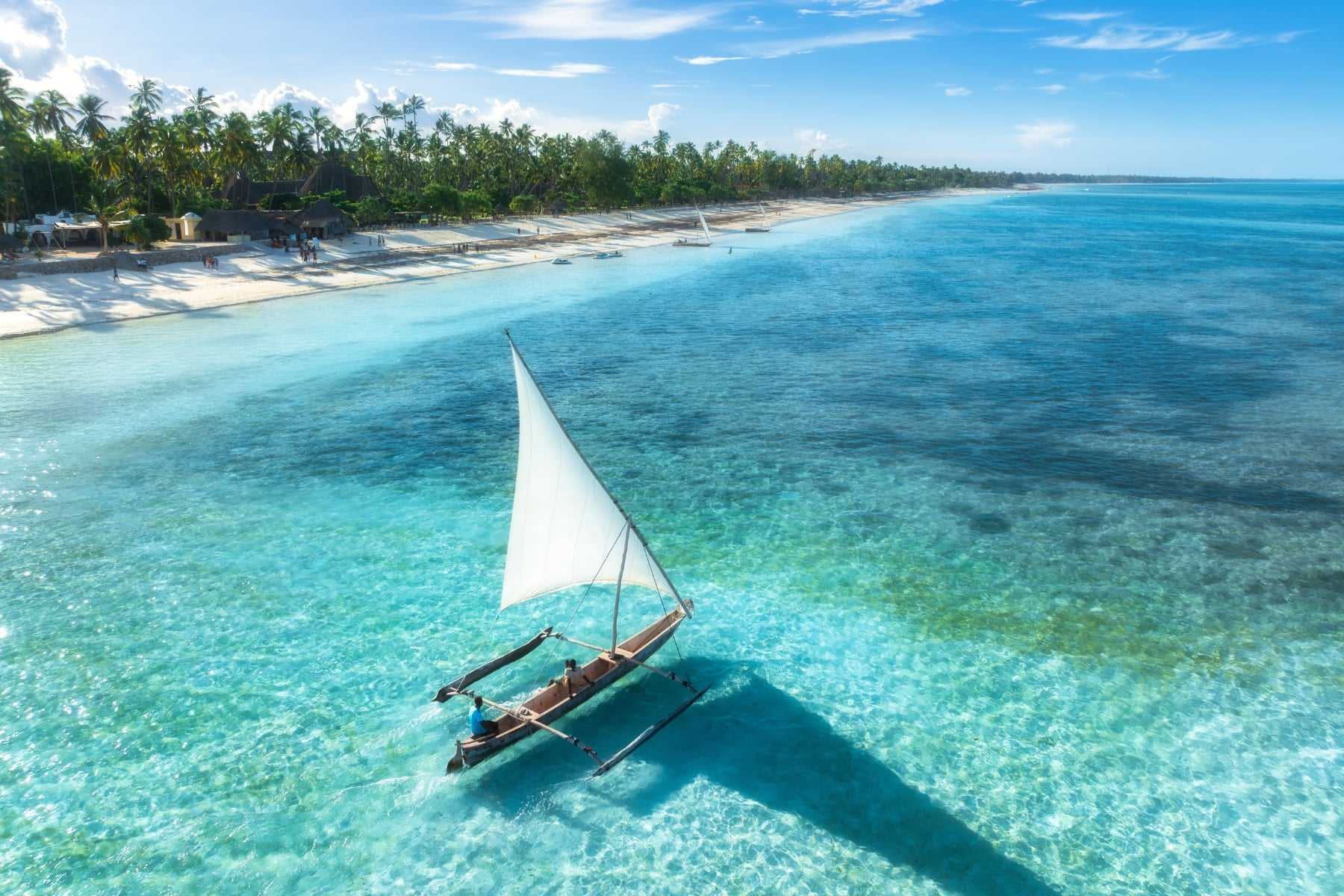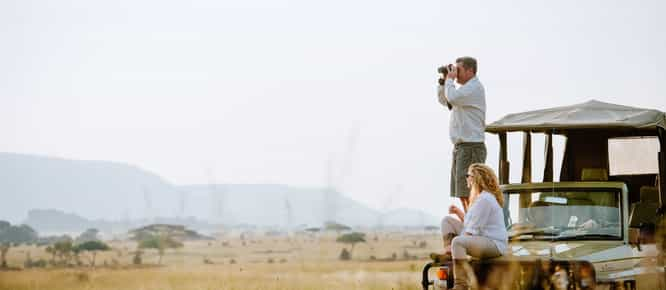One of the most biodiverse countries in the world, with around half-a-million species dwelling in its luscious rainforests and not one but two sparkling coastlines, the wildlife in Costa Rica is, in a word, spectacular. From shrieking primates and dozy sloths to water-walking lizards and butterflies as big as birds, there’s no end to the wonders you’ll see. But it does help to know where to look, so read on…
Arenal National Park & Monteverde Cloud Forest
Laid out around an impressive conical volcano, Arenal National Park is a sea of emerald where waterfalls tumble and rivers cut through the foliage. Arenal is home to half of Costa Rica’s known species of birdlife (over 500!), including the aptly-named resplendent quetzal as well as plenty of toucans and hummingbirds. The nearby Cano Negro Wildlife Refuge is a real birding haven too, while the Monteverde Cloud Forest is also famous for its birdlife with notable species including striking violet sabrewing and orange-bellied trogon.
And then the larger creatures. You’ll no doubt spot two and three-toed sloths, and howler, spider and white-faced capuchin monkeys in the trees whilst sharp eyes may also spy tiny tree frogs, the blue-jeans dart frog (really), and vivid blue morpho butterflies. Mammals may be more elusive in the Monteverde Cloud Forest but you should have good sightings of Baird’s tapir, and howler and capuchin monkeys, as well as the unique kinkajous, olingos and coatis. For the truly lucky, keep your fingers crossed for a puma too… Spanning six ecological zones, Monteverde also hides a host of amphibians, reptiles and butterflies from Monteverde golden toads to emerald basilisks.
Corcovado & Osa Peninsula
Costa Rica is diversity in a nutshell, but Corcovado National Park might just take the top spot as one of the most biodiverse places on Earth. It’s known for being one of the only places to see a jaguar in Costa Rica but if your luck has run out, the forests are also home to all four of the country’s primates. Up in the trees keep your eyes peeled for mantled howler, spider and white-faced capuchin, and Baird’s tapir – the largest land mammal in South America – and a splendid variety of birdlife. The Corcovado coastline also provides key nesting areas for Olive Ridley and hawksbill sea turtles, usually with a backdrop of dolphins and humpback whales (December and January are especially good for this) in the deeper water.
Guanacaste & Nicoya Peninsula
This region has a unique dry tropical forest ecosystem that a variety of different species call home. We’re talking everything from cute coatis, agoutis and armadillos to iguanas and dazzling birdlife like the turquoise-browed motmot and orange-fronted parakeet. The beaches along the Nicoya Peninsula are important nesting sites for Olive Ridley and leatherback turtles, while the waters off Santa Rosa National Park are alive with iridescent fish, rays and sharks, as well as bottlenose dolphins and humpback whales (between December and March, August and October)
Manuel Antonio
Known for its dazzling beaches and rainforests, Manuel Antonio is Costa Rica’s smallest national park, yet it has no shortage of incredible wildlife. Explore the forests on foot, keeping a lookout for two and three-toed sloths, monkeys, agoutis, and the white-nosed coati. Then, cross your fingers for the Jesus Christ lizard that skims its way along rivers and streams. Along the coast, the waters are filled with an array of fish, rays, eels and, in the right season, dolphins and whales.
Caribbean Coast
Quite literally translated as ‘turtle’, Tortuguero is one of the most important nesting sites in the world, particularly for green sea turtles (between July and October). Only accessible by boat or small plane, the rainforest is as wild as can be and whether you’re exploring on foot or by canal, you’ll see chattering monkeys and snoozing sloths, river otters, West Indian manatees and caimans, and a rich variety of birdlife including toucans, kingfishers and the great green macaw.
A little further down the coast, Puerto Viejo de Talamanca is very similar in terms of land animals but this is the place to dive amongst the coral reefs that are alive with technicolour fish, rays, sea stars and even the occasional manatee.
